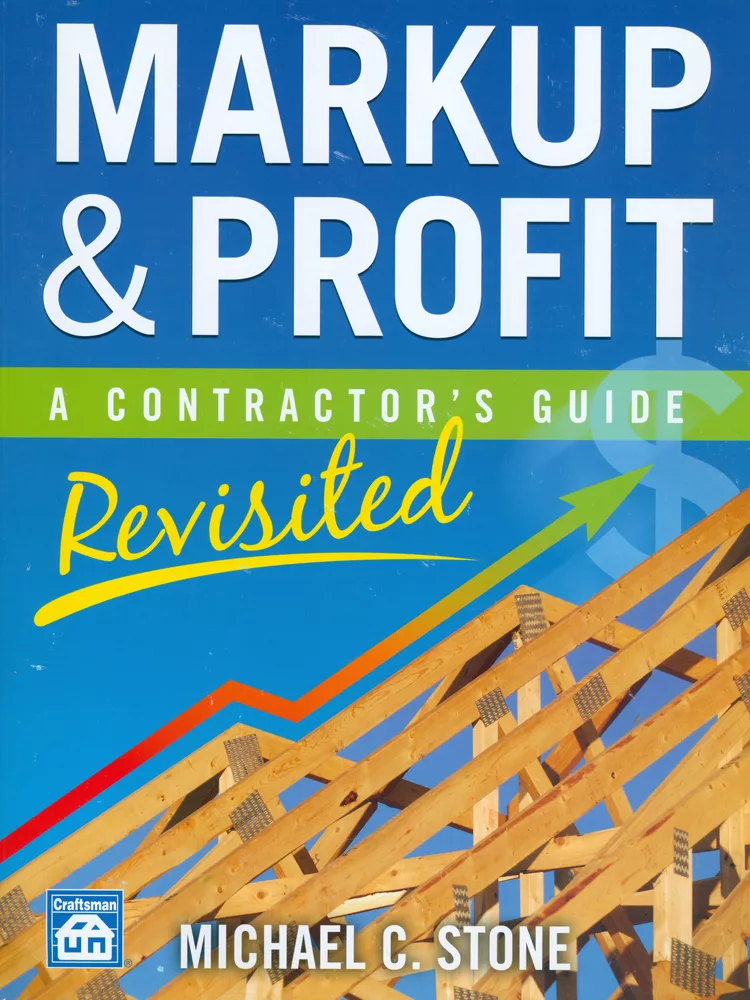A Gold Medal in Sustainability
Olympic Structures Will Live on After the Games End
Long after the 2012 Summer Olympics have ended, the buildings constructed for the event will still be in use. The construction projects have given a big boost to the area, and the Games brought a lot of excitement, but their legacy will live on. Several Venues from the Olympic Park will remain as permanent structures and the apartments of the Olympic Village will become homes for area residents. According to Jayne Law, sales and marketing manager for Dow Building Solutions in the United Kingdom, it was all designed with sustainability in mind.
Law has worked for Dow for 25 years, and from her office in West London she’s seen the East End of London transform from a depressed section of town to a bustling Olympic Village. “It looks like a well-manicured theme park— and that’s what it is,” Law said. “Disney would be proud of it.”
“The Olympic Venues brought opportunity, employment, and new hope to the area,” Law added. “It’s even opened up an old waterway, a canal system that was not in use. They’ve re-opened the new area, and it will bring prosperity to the area, and with prosperity comes buildings.”
Dow is a Worldwide Olympic sponsor, but the company already had a hand in several Olympic-related construction projects before it became one. Dow Chemical’s STYROFOAM™ insulation is part of roof assemblies on several structures, including the apartment roofs for the Olympic Village, London’s iconic Olympic Stadium, the Copper Box venue and the nearby Westfield Stratford City parking deck.
The apartments built to house more than 17,000 athletes and officials feature green roofs. According to Law, the systems are comprised of a standard inverted assembly over a concrete deck. The modified bitumen waterproofing membrane is topped with 6 inches of insulation and ballasted with stones and concrete slabs. For the vegetated sections, a filtration mat and growth medium were added, along with plants and grasses.
The insulation was chosen for its high compressive strength, durability and its ability to cope with repeated freeze-thaw cycles, said Law. “The insulation is in the best place — outside of the building,” she said. “The water will not affect it.”
She noted the buildings were constructed to “a really futuristic level of insulation” — the next level of code that will be required for sustainable homes: Level 4. “They’ll be cool in the summer and warm in the winter.”
Dow’s ROOFMATE MinK™ system was installed over the Olympic Stadium, areas of the International Broadcast Centre and the Main Press Centre. The system is a combination of ROOFMATE SL-A™ insulation and a breathable membrane, ROOFMATE MK™, which is designed to resist moisture and cope with temperature fluctuations for the expected lifetime of the structures. The Olympic Stadium is open, but the Olympic Family Area is protected by a standard inverted roof. “They chose the best,” said Law. “They chose it to last, that’s for sure.”
For the Copper Box, the venue for handball and other events at the games, a flat roof was chosen to complement the building’s design. The roof assembly contains Dow’s FLOORMATE 500-A™ and ROOFMATE SL-A™. FLOORMATE 500-A™ was installed around the perimeter of the roof to help provide a continuous layer of insulation, noted Law, who pointed out it has the high compression strength necessary to support heavy machinery such as air conditioning units.
“Design load capability is the key there,” said Law. “Whatever is required, we have something in our bag of goodies that will meet the loading requirement.”
The same insulation was used on the Westfield Stratford City parking deck, which functions as both a parking area and as the roof of the structure below it. Insulation was used in a configuration similar to an inverted roof, noted Law, as the parking deck is exposed to the elements. “It insulates the property beneath the structure, the shops, and covers the membrane,” she said. “The bottom of the car park forms the roof of the shopping center, and at the very top of the car park is a normal inverted roof on top.”
Dow has a production facility is in the East of England, so at least they didn’t have to travel far to make deliveries. “It was all manufactured in the UK for use in the UK,” said Law, who noted coordinating the deliveries and installation teams was perhaps the biggest challenge on the project. Security was also a concern, as all workers and drivers had to have the proper credentials to enter the site.
“We have a distribution partner, and we used their warehouses, which was less than two miles away,” she said. “So we could drive in, drop it off and pick up another load to minimize trips. We worked very closely with the distributor and the contractors.”
Installing contractors included Briggs Amasco, Rock Asphalt and Knight Asphalt. “There were a lot of last-minute changes,” Law said. “We all worked together very closely.”
The construction phase might have been chaotic, but in the end it all came together pretty smoothly. “The whole thing was managed so well from a logistic point of view,” Law said. “Nothing really tripped us up.”
“The project came at the right time as well,” she continued, noting the construction projects gave the area a needed boost in a time of recession and kept contractors busy.
Once the Olympic events wrap up, the buildings from the Olympic Village will serve another function: as homes to area residents. “The future is families,” said Law. “The area will be a mix of high-rise apartments, houses with yards and garages, schools and bike paths, all very close to public transportation. It’s just a nice area. Looking forward, it’s going to be a great place to live.”
Looking for a reprint of this article?
From high-res PDFs to custom plaques, order your copy today!






